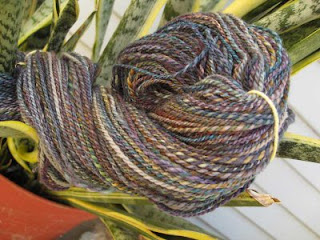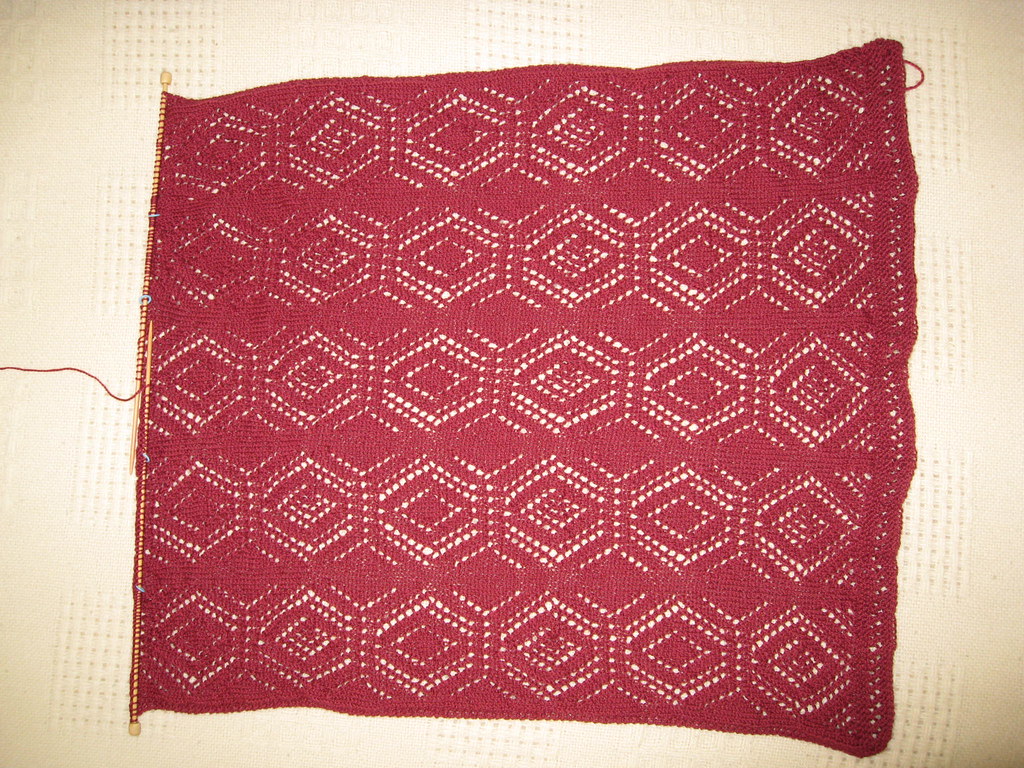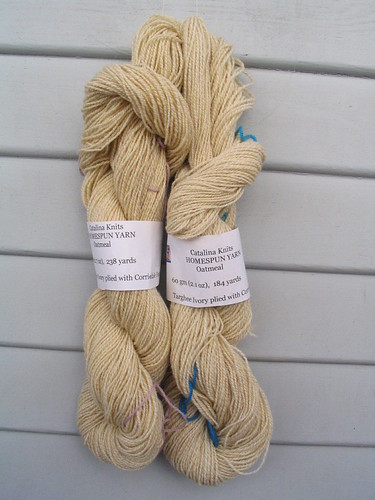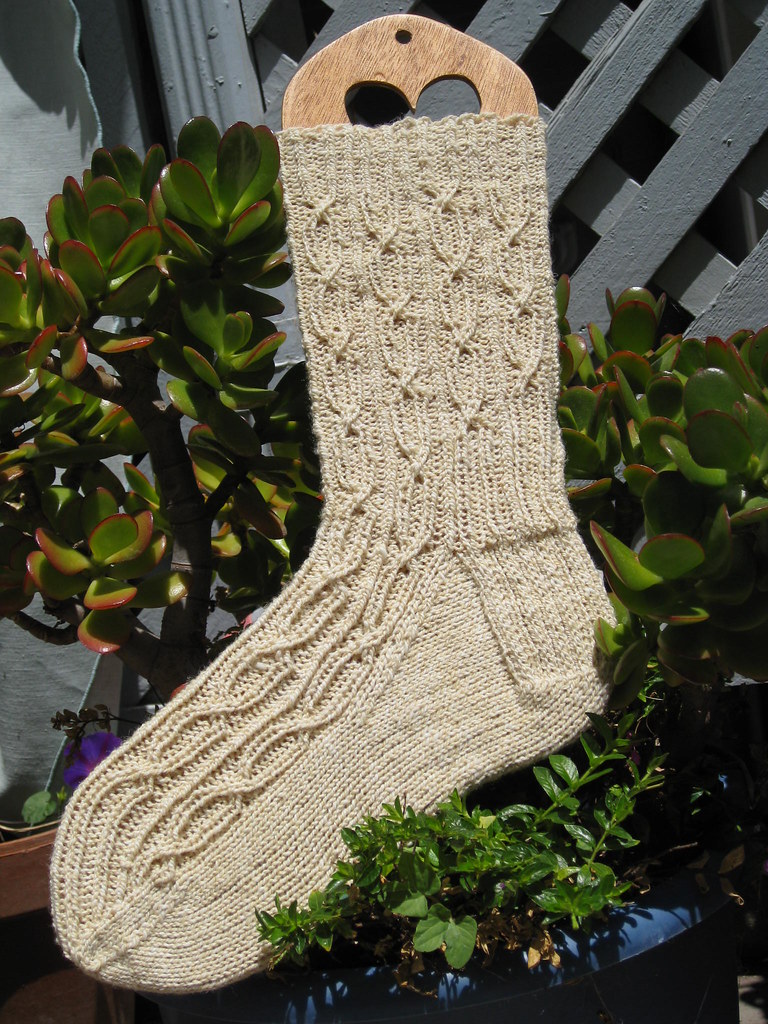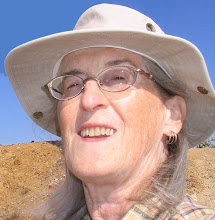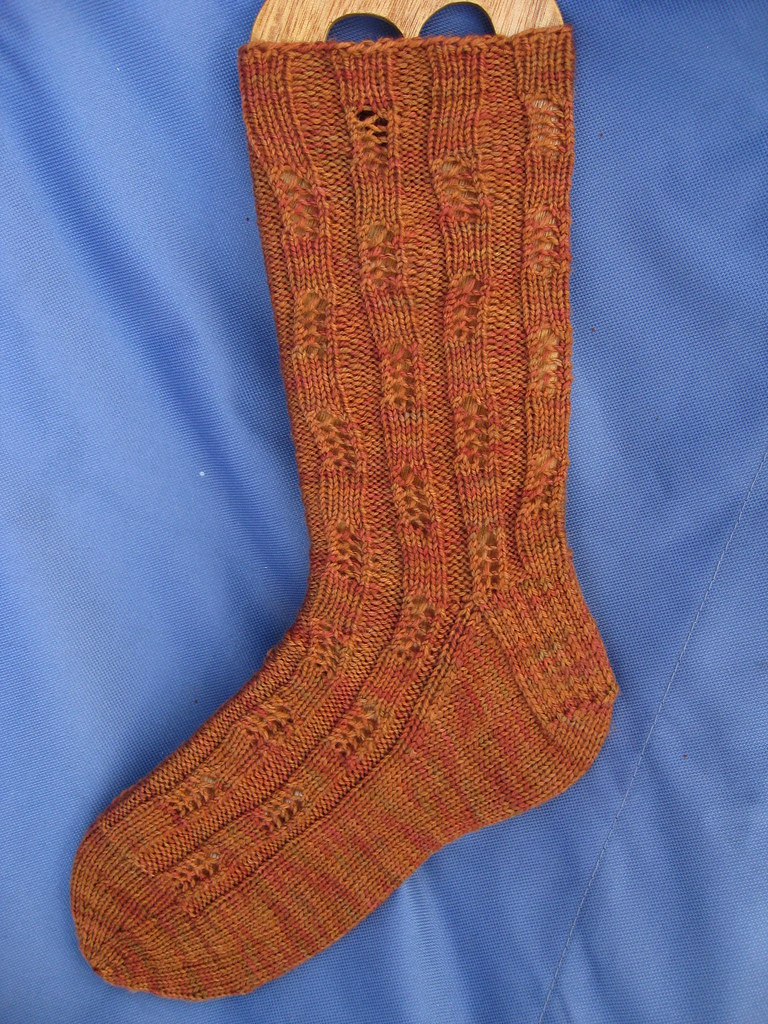The Journeywoman Socks are done. Both knit and finished and I'm very happy with the result.

 Howsoever when I knit these socks I left out a part of the pattern, a most intriguing part. As you can see in this picture (I hope) the gusset is not done in the usual way. Instead the gusset decreases are done on the instep side of the heel/instep border until the instep is decreased away, replaced by the extra stitches picked up along the side of the heel flap. The mathematics of how long the heel flap needs to be to generate the appropriate number of picked up stitches so that this whole thing can work is somewhat daunting, but not too difficult. And if you mess up, you can always quit decreasing early or keep on decreasing at the center of the instep until all is right.
Howsoever when I knit these socks I left out a part of the pattern, a most intriguing part. As you can see in this picture (I hope) the gusset is not done in the usual way. Instead the gusset decreases are done on the instep side of the heel/instep border until the instep is decreased away, replaced by the extra stitches picked up along the side of the heel flap. The mathematics of how long the heel flap needs to be to generate the appropriate number of picked up stitches so that this whole thing can work is somewhat daunting, but not too difficult. And if you mess up, you can always quit decreasing early or keep on decreasing at the center of the instep until all is right.
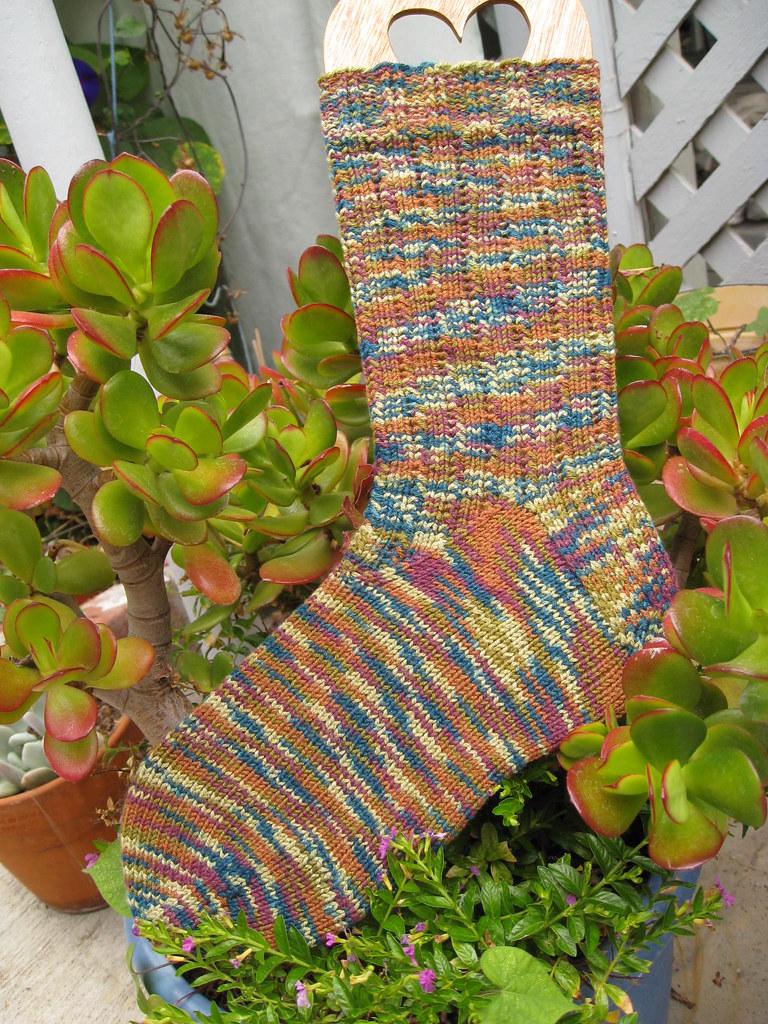 Eager to try this new foot style, I cast on some Panda Cotton in a colorway called "Fall Herbs." (I had purchased this yarn because : 1) it upped the dollar value of my order to an amount that gave me free shipping; 2) the colors are lovely; and 3) I know the resulting socks will be a delight to wear. Notice I did not mention the thrill of knitting with Panda Cotton. I hate this stuff. It's torture to knit. Don't ever let me buy it again.) Finding a pattern that would work with the yarn was the expected agony, but I finally turned up "Charade," a delightful four-stitch-repeat pseudo herringbone stitch. I did the leg in Charade, and then decreased it away as per the Journeyman pattern.
Eager to try this new foot style, I cast on some Panda Cotton in a colorway called "Fall Herbs." (I had purchased this yarn because : 1) it upped the dollar value of my order to an amount that gave me free shipping; 2) the colors are lovely; and 3) I know the resulting socks will be a delight to wear. Notice I did not mention the thrill of knitting with Panda Cotton. I hate this stuff. It's torture to knit. Don't ever let me buy it again.) Finding a pattern that would work with the yarn was the expected agony, but I finally turned up "Charade," a delightful four-stitch-repeat pseudo herringbone stitch. I did the leg in Charade, and then decreased it away as per the Journeyman pattern.
 It's difficult to see the transition because of the multicoloredness of the yarn. Here's a closeup. The front vee didn't turn out as long as I expected, perhaps because the row gauge on this yarn is very tight (13 rows/inch). Or perhaps if I had done a longer heel flap and/or had more stitches on the instep to begin with the vee would have been longer. Another strategy might be to decrease every third round instead of every other round . Isn't hindsight wonderful?
It's difficult to see the transition because of the multicoloredness of the yarn. Here's a closeup. The front vee didn't turn out as long as I expected, perhaps because the row gauge on this yarn is very tight (13 rows/inch). Or perhaps if I had done a longer heel flap and/or had more stitches on the instep to begin with the vee would have been longer. Another strategy might be to decrease every third round instead of every other round . Isn't hindsight wonderful?
Anyway sock one is done, sock two is on the needles, and I would definitely try this gusset design again. It's a fun way to transition to a plain stockinette foot.






